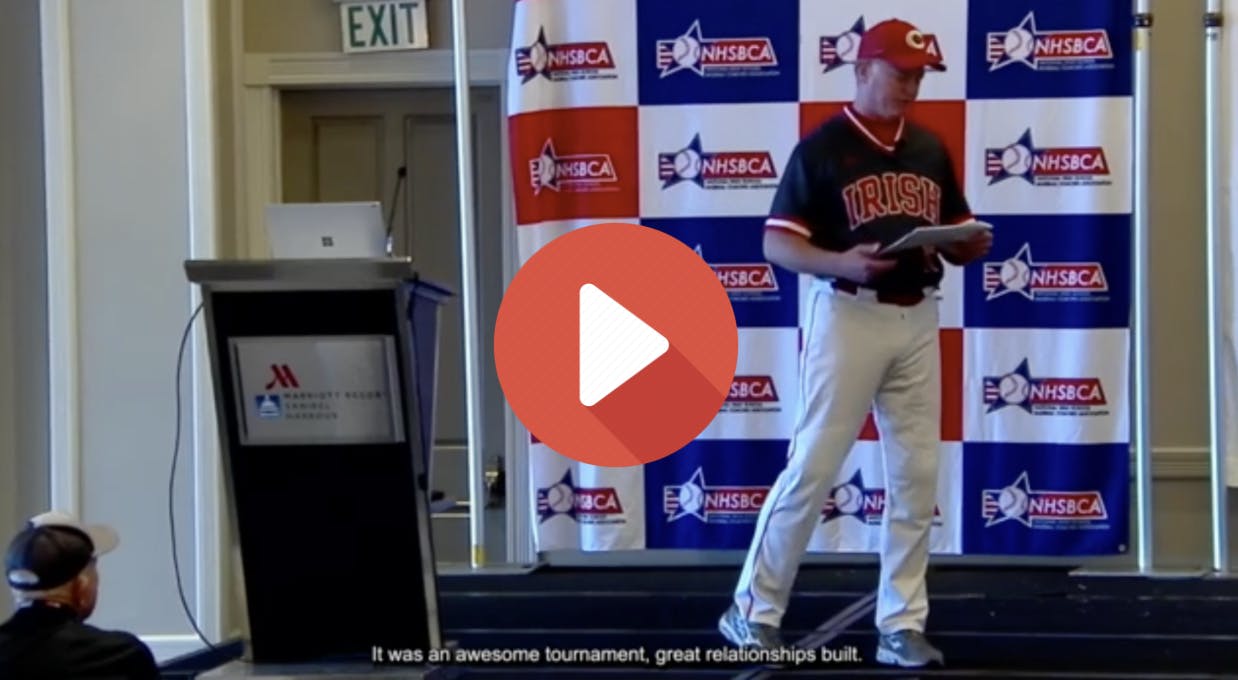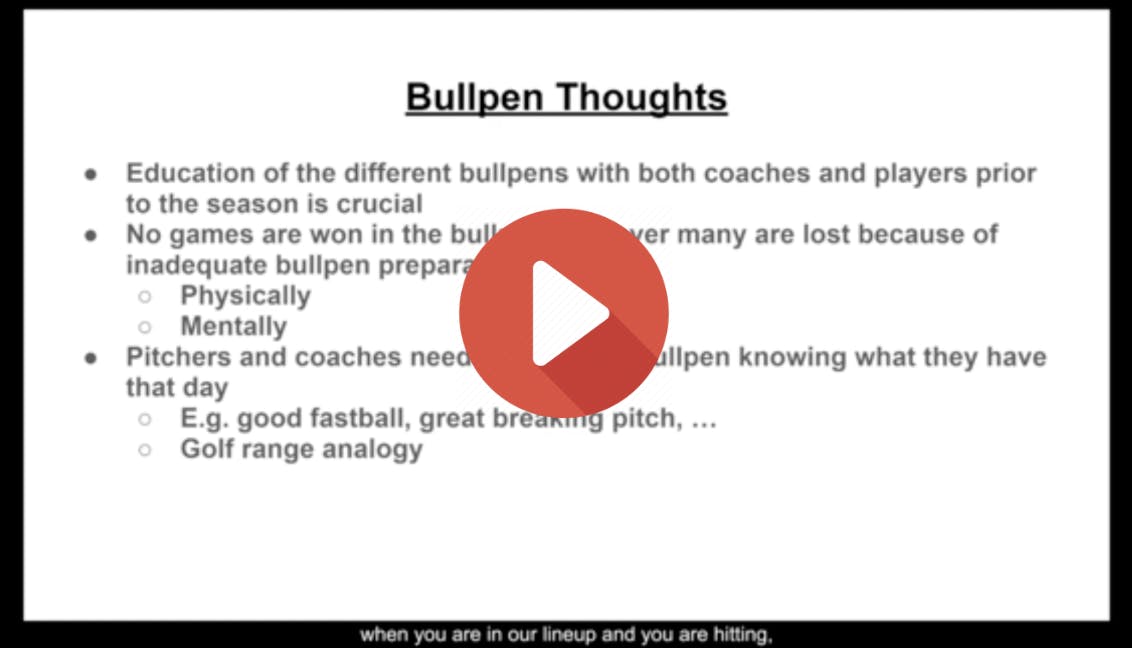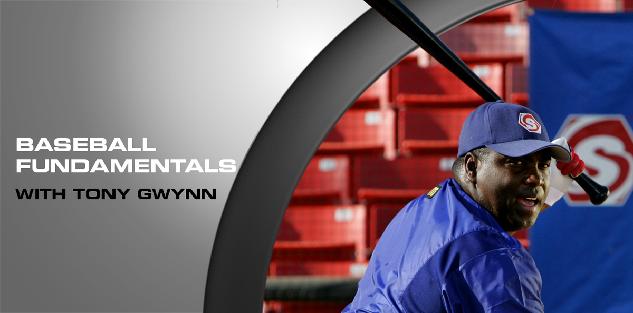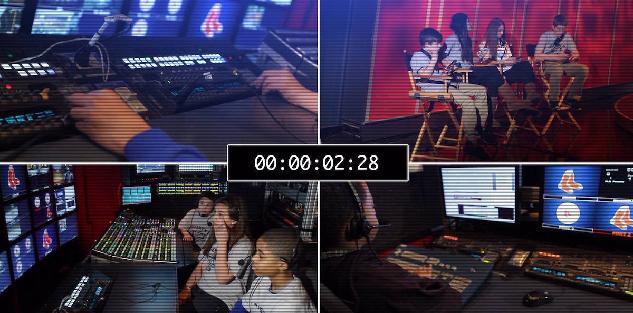Featured courses
- Understanding The Shift by Brandon Ogle
- Two Drills to Improve Outfield Movement and Communication by Grant Young
- The Ultimate Resource For Coaching Youth Baseball by Jackson Chlebowy
- Become a Master at Bunting by Brandon Ogle
- 5 Reasons Why There Is More To Good Base Running Than Just Speed by Brandon Ogle
- Three Injury-Prevention Tips For Your Offseason Pitching Program by Grant Young
- How to Teach Hitting to the Next Generation by Grant Young
- Developing Defensive-Minded Baseball Catchers by Grant Young
- 3 Baserunning Tips to Score More Runs in Baseball by Grant Young
- 5 Outfield Drills to Work on in Season by Alec Burris
- Keys For Scoring More With Runners on First and Third Base by Grant Young
- How to Develop Your Game to Become a Five-Tool Player by Brandon Ogle
- 3 Coaches Share the Keys to Running Baseball Practice the Right Way by Grant Young
- Four Drills to Sharpen a Baseball Hitter’s Vision at the Plate by Grant Young
- Four Quotes to Hit Better With Two-Strikes by Grant Young
- Four of Former MLB Pitcher Juan Nieves’ Movement-Based Pitching Drills by Grant Young
- Two Tips For Developing an Elite Baseball Bullpen by Grant Young
- Overcoming the Four Challenges of Indoor Baseball Practices Because of Weather by Grant Young
- Three Tips to Make Your Baseball Team Mentally Tougher by Grant Young
- Three Priceless Philosophies to Motivate Your Baseball Team by Grant Young
- Three Offseason Baseball Drills to Simulate Competition by Grant Young
- Three Baseball Offseason Strength and Conditioning Essentials by Grant Young
- Important Ways to Improve Your Baseball Team’s Baserunning by Grant Young
- Three Ways to Perfect Hitting Mechanics From an MLB Icon by Grant Young
- Catchers can influence pitchers...for bad or good by Drew Johnson
- Throwing Strikes and Playing Good Defense Equals Wins by Jose Ortiz
- Legendary Indiana Head Baseball Coach Bob Morgan’s Offensive Theory by Grant Young
- Tennessee Head Baseball Coach Tony Vitello on How to Practice Baserunning by Grant Young
- Three Great T-Ball Drills For Youth Baseball Players by Grant Young
- How to Manage a Baseball Pitching Staff by Grant Young
- Three Uncommon Tips to Become a Better Hitter by Grant Young
- How a Baseball Coach Can Develop Strike Throwers by Grant Young
- Drills to Develop Elite Baseball Outfielders by Grant Young
- Baseball Training Exercises to Strengthen Arm and Bat Speed by Grant Young
- How to Use Bunting to Score More Runs by Grant Young
- How To Build An Elite Baseball Infielder by Grant Young
- Three Drills to Improve Your Baseball Team's Infield Play by Grant Young
- Three Keys to Curating a Pitching Staff’s Success by Grant Young
- 3 Techniques to Develop a Baseball Player’s Hitting Approach by Grant Young
- How to Cultivate Confidence Within Your Pitchers by Grant Young
- 5 Every Day Drills To Help You Become A Better Catcher by tyler Linderman
- How to Throw A Curveball by Brandon Ogle
- How to Assemble a Lock-Down Bullpen by Brandon Ogle
- How to Throw a Sinker by Brandon Ogle
- How to be a Smart Baserunner by Brandon Ogle
- Improving a player's slugging average by Phillip Woolgar
- The 8 Fundamentals of Pitching by Drew Johnson
- How to Throw a Deceiving Changeup by Brandon Ogle
- Step Up Your Outfield Defense With These Three Drills by Jose Ortiz
- 8 Baseball Drills Every Player Should Practice by Drew Johnson
- How To Become An Elite Defensive Outfielder by Tyler Linderman
- 5 Tips For Crushing A Curveball by Johnny Grassi
- LEGENDS FOR YOUTH INCLUSION BASEBALL CLINIC by Phil
- Fourteen Ways To Turn A .300 Hitter Into A .210 Hitter by Jay P. Granat, Ph.D.
- How To Become The Ideal Leadoff Man by Brandon Ogle

Two Tips For Developing an Elite Baseball Bullpen
- By Grant Young
Developing a formidable pitcher’s bullpen is not just important; it is a cornerstone of a team’s success.
A reliable group of relievers can protect fragile leads, turn the tide in tightly contested games, and be the difference between victory and defeat. However, cultivating this essential unit is fraught with challenges that demand astute management and keen insight.
One of the most pressing issues in building a successful bullpen is the inherent unpredictability of relievers. Unlike starting pitchers, who benefit from a structured routine and the luxury of pacing themselves over several innings, relievers face a relentless, high-pressure environment. Their performance can fluctuate dramatically based on fatigue, psychological pressure, and the specific matchups they encounter. This inconsistency can make it exceedingly difficult to depend on any given reliever, especially in a high-stakes situation.
Injuries also loom as a significant hurdle. Relievers often bear the brunt of overuse, with their high-intensity outings leading to a greater risk of injury. When a key arm goes down mid-season, it creates a ripple effect throughout the bullpen, forcing teams to either scramble for replacements or pull less experienced pitchers into the spotlight—decisions that can disrupt team cohesion and competitive edge. Moreover, assembling the right blend of talent is crucial.
Effective bullpens also require a savvy combination of power pitchers, finesse throwers, left-handed specialists, and right-handed options to navigate the diverse lineups faced throughout a season. This intricate mix demands astute scouting and a deep understanding of each player's mental resilience and capacity to thrive under pressure.
All of this is to say that while an effective bullpen is vital for achieving success in baseball, its development is an intricate challenge that necessitates meticulous planning, exceptional player evaluation, and a keen ability to adapt to ever-changing circumstances. Mastering this puzzle can set a team apart, paving the way for triumph in the quest for championship glory.
While constructing a great bullpen will ultimately depend on recruiting and roster development, some bits of wisdom can make the whole process easier. And Jeff Mielcarek has that wisdom in spades.
Coach Mielcarek has excelled as the Head Varsity Baseball Coach at Central Catholic High School in Ohio since 1987. During that time, he has won three Toledo City Championships, three regular season titles, and three district titles. As a result of his success, Coach Mielcarek has been inducted into the Ohio High School Baseball Coaches Association (2011), Central Catholic Hall of Fame (2019), Toledo City League Hall of Fame (2022), and the NW Ohio Polish Hall of Fame (2022).
In his ‘Developing Effective Bullpens with Jeff Mielcarek’ clinic, Coach Mielcarek dives deep into how bullpen preparation directly impacts a team’s success, emphasizing the importance of mental and physical readiness before stepping onto the mound.
We have taken two of his best bullpen tips and explained them in detail for you below.
The Birth of a Bullpen Strategy

Coach Mielcarek explains that it quickly became apparent to him that one of the most important aspects of a bullpen’s success is developing and then sticking to routines.
Being a relief pitcher is spontaneous by nature, as most relievers (aside from the closer) rarely know when they’re going to enter the game until just a few minutes before their actual appearance. And this lack of structure combined with a potentially short time to get ready to pitch can often lend itself to winging it in terms of warming up.
But Coach Mielcarek asserts that not only should a bullpen have a set protocol on getting a pitcher warmed up and ready for the game, but each individual pitcher must have a set warm-up routine that they will use.
While the same warm-up can be used for every pitcher, reality is that different things work with different guys. And it’s fine if each pitcher’s warm-up routine is different, so long as it works for them and they stick to it.
In addition, since sometimes relievers have longer or shorter time windows to warm-up than others, it’s a great idea for them to have two different warm-up routines, a condensed one that focuses on what’s absolutely necessary to be ready for the game in a couple minutes and a longer, more drawn out one that can be used when there’s more time.
Time can be taken out of practices for coaches to help pitchers identify the warm-up activities that suit them and to develop their individual routines.
Know Your Pitch: Strengths From the Bullpen

Any baseball coach knows that communication is crucial in the dugout. While this might seem to obviously translate to the bullpen, reality is that a lot can be lost in translation from the bullpen to the pitching coach or head coach, and that’s why things must be made clear as possible.
Coach Mielcarek emphasizes that knowing your strengths in the bullpen is paramount. For one, this means in the sense of knowing which relievers are your best each season, along with who is available on any given day.
But it also does much deeper than that. During each game, Coach Mielcarek says that there should be communication from the bullpen to the pitching coach about which pitches are working and not working for a reliever while they’re warming up. Just because a pitcher typically has a great curveball doesn’t guarantee that they’re going to have it every time they appear. So an initial scouting report should always be relayed.
However, a pitching coach should always test a reliever’s best strengths during each outing, regardless of how they looked in the bullpen. Because things can change in a game scenario.



